Sir Henry fixed his lance in position and thundered towards the pretender to the Scottish throne. His confidence must have been immense.
The Bruce didn't even have a sword. He was merely brandishing an old-fashioned war axe, perched upon his insubstantial, little horse. Henry, himself, was mounted on a seasoned, large warhorse, and he was heavily armed.
From the periphery of their vision, both men must have seen the other Scottish generals screaming at their leader to take cover. But Sir Henry de Bohun was gaining ground way too fast for that.
Robert the Bruce calmed his palfrey and sat still. Even as the English knight closed in, the Bruce did not shift an inch.
Then, at the last possible moment, when it seemed that the lance would skewer him into oblivion, the Bruce's palfrey moved aside. The lance's deadly point penetrated thin air and unbalanced Sir Henry in his seat.
But the knight was a professional and experienced in both tourney and war. He recovered swiftly.
Not fast enough. In those seconds of confusion, Robert the Bruce brought his war-axe down, with such a force that it cut through Sir Henry's helmet like a knife in butter. Nor did it stop at his skull.
Sir Henry de Bohun was dead before he hit the ground.








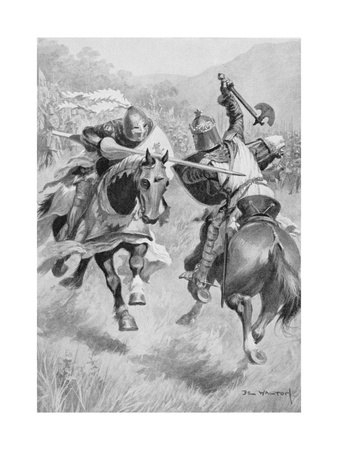



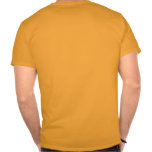
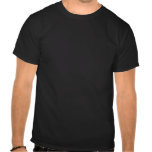



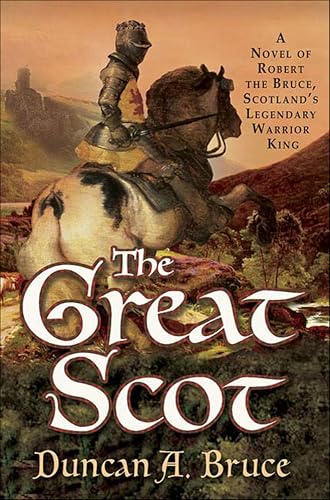




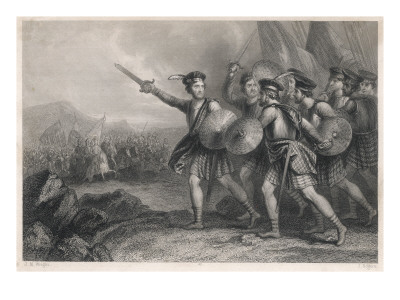
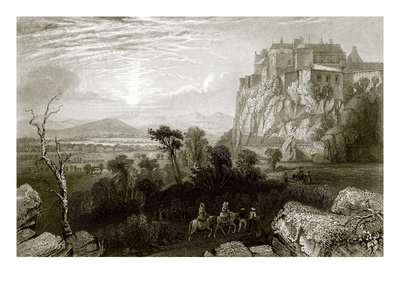







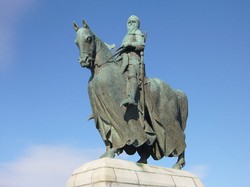

 St Tydecho's Churches in West Waleson 09/03/2014
St Tydecho's Churches in West Waleson 09/03/2014
 Goodies for an Outlander Premiere Partyon 03/06/2015
Goodies for an Outlander Premiere Partyon 03/06/2015
 Holocaust Memorial Day Interview with Rainer Höss, Grandson of Rudolf Architect of Auschwitzon 01/24/2015
Holocaust Memorial Day Interview with Rainer Höss, Grandson of Rudolf Architect of Auschwitzon 01/24/2015
 Romantic Valentine Gifts for an Outlander Fanon 01/16/2015
Romantic Valentine Gifts for an Outlander Fanon 01/16/2015

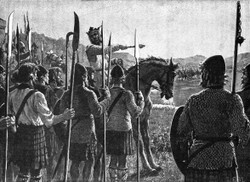
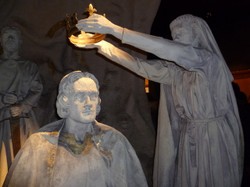
Comments
As a Scot yourself, I take that as high praise indeed!
I've nearly completed the fourth and final installment, but I also have nephews on the way here. It might be tomorrow before that part surfaces. I hope that I've done it justice.
Your account of Bannockburn just keeps getting better and better!
Ember - Thus comes a great example of Google cookies tracking your every move. :)
Teresa - Yes, they should have. But the English were being downright arrogant and bull-headed here. They had totally underestimated the Scots. Which was even more silly, when you look at the history of battles between the two countries.
Scottish independence was effectively given away. First in 1603 (nearly 300 years after Bannockburn), when the Scottish king became king of England too - and turned out to be more English than the English. http://wizzley.com/how-scottish-indep...
And secondly in 1706-07, when the Scots were pretty much bribed into an Act of Union with England. For most of the population of Scotland, this also had an element of being sold out by their own leaders.
Ember - Good question! On the whole, the Medieval battlefield was all about two armies coming together, and hitting each other very hard until one side fled or died in too many numbers to go on. There was little there about actual tactics once it was all underway.
But - and there's a big but - it wasn't unknown to use the terrain in this way. There are plenty of examples of the environment being used to win the day. Not least the previous famous battle in defense of Stirling Castle. William Wallace and Andrew Moray had used Stirling Bridge to ensure that the English came across in manageable numbers, then cut them down when they reached them.
Games of chess are pretty much based on these ancient battlefields. They are all about pitting wits against wits.
Also the Celts were great at guerrilla warfare long before the Spanish ever gave that style of fighting a name. An earlier battle - in the Scottish War of Independence - had been fought at Falkirk, along much more Celtic lines. That had very much been about using the terrain to rout the invasion army.
(Unrelated, but I think it is funny- I read all of these and now google is throwing 'independence' themed ads at me. XD)
They should have listened when they were warned. But then, I suppose it worked out for the best given that Scotland got a sort of independence out of it? At least this time around it can happen more peacefully though.
Speaking of that, what happened? If this battle is essentially what gained Scotland it's independence, how did they lose it so that it is up for a vote now? (Or do I have that wrong?)
Have I got this correct that in a comment on the pt 2 article you said an estimate for the English army was at 16k...and 500 made it through the booby traps? :o
I was going to comment that this was kind of a battle of wits in a sense, when you consider that. Was this the first time these sorts of tactics were used in a battle?